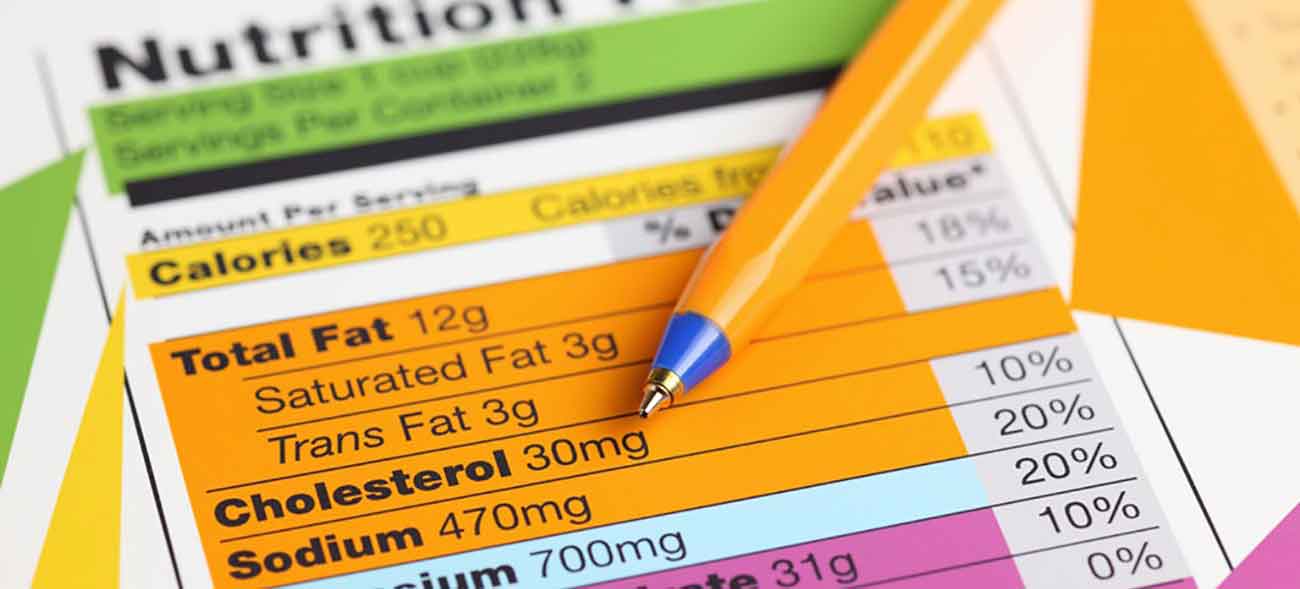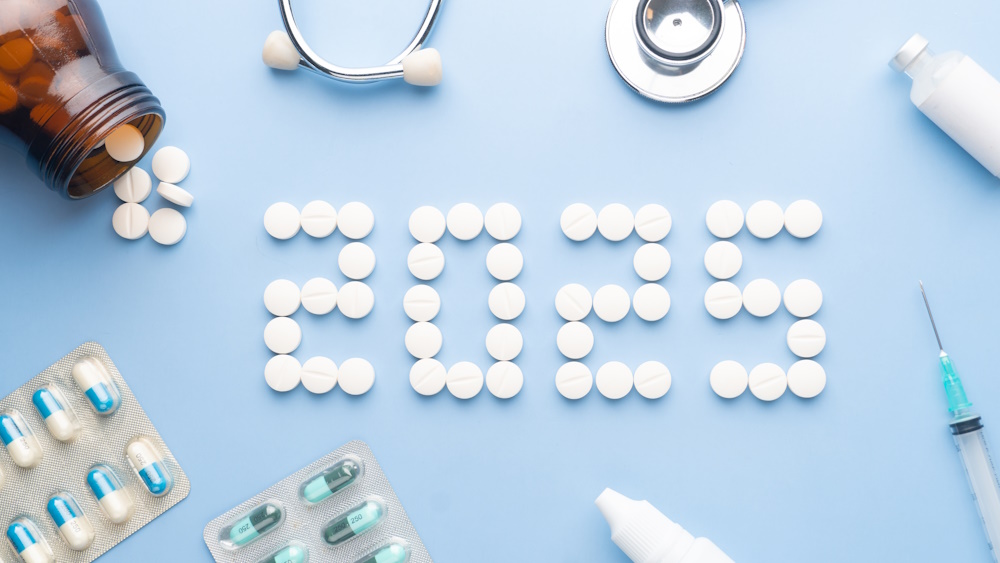
Reading Nutrition Labels
So how is your New Year’s diet resolution going? If you answered not so good, read on to find out how reading nutrition labels may help you get back on track.
Most medical professionals recommend sticking to a well-balanced diet. Diet fads don’t last and are usually very restrictive making them hard to live with. A well-balanced diet, while it may provide slower weight loss, avoids the side effects of most fad diets, such as low energy or simply feeling deprived, which can lead to giving up.
A well-balanced diet is one that gives your body the nutrients it needs to function correctly. To get the proper nutrition from your diet, you should consume the majority of your daily calories in:
- fresh fruits
- fresh vegetables
- whole grains
- legumes
- nuts
- lean proteins
In order to maintain your weight, the amount of calories you burn each day must be equal to the number of calories you eat and drink.
Calories in – calories out = 0 = Weight Maintenance
Calories in – calorie out = + = Weight Gain
Calories in – Calories out = – = Weight Loss
To figure out how many calories you need to eat each day to maintain your current weight you can use this online calorie calculator. Simply enter you age, gender, height and weight. It gives you the option to choose your level of activity, but we suggest starting with your Basal Metabolic Rate. This is how many calories your body needs if you were to stay in bed all day. Regardless of your daily calorie needs, health professions recommend that most adults eat a minimum of 1200 calories per day to ensure you are getting all of the vitamins and nutrients your body needs to heal itself and function properly.
To start making healthier choices, start by reading the nutrition labels of your favorite foods. Then choose lower calorie, lower fat alternatives to some of your favorite foods.
For foods that don’t have nutrition labels, like fresh fruit and vegetables, there are many apps and online databases that can provide you with the information. This is one example.
So, don’t give up. Remember that weight loss takes time, but the effort is worth the extra energy and self-esteem you’ll gain when you reach your goal.







